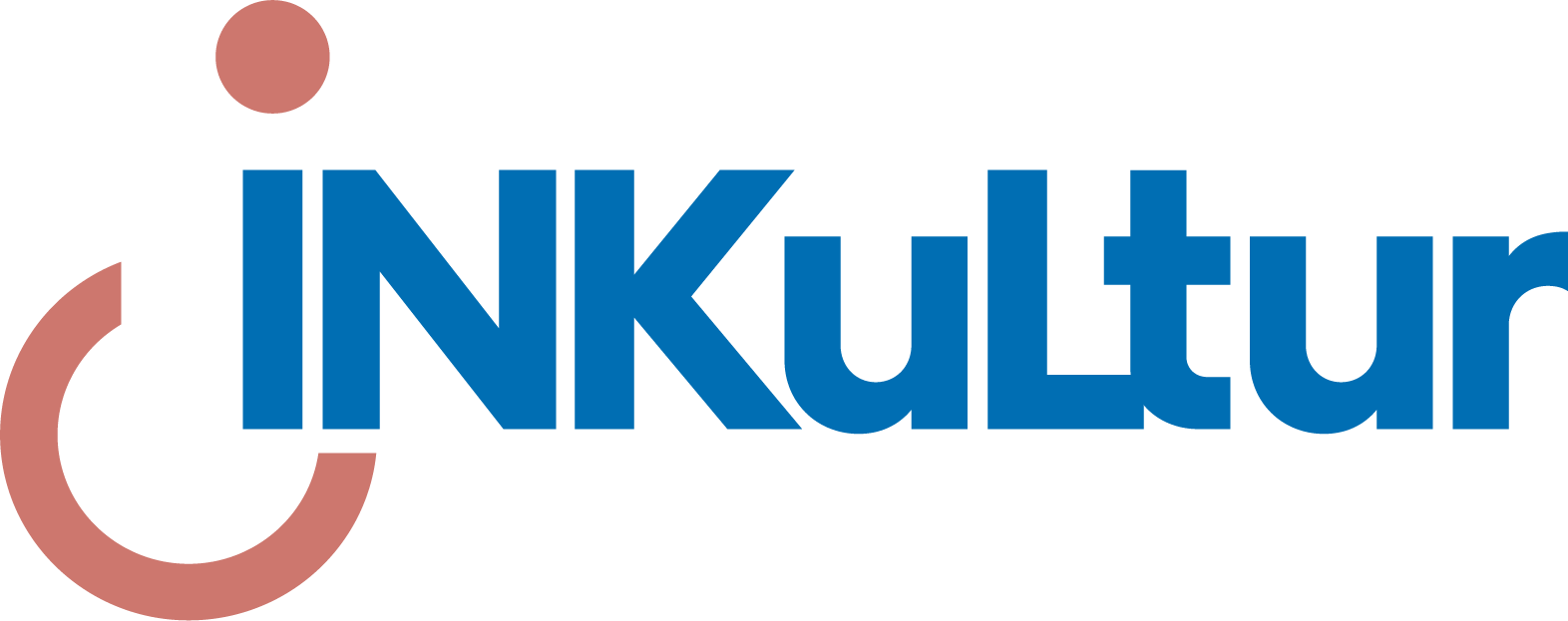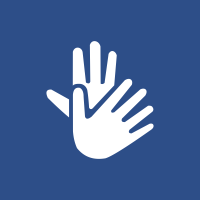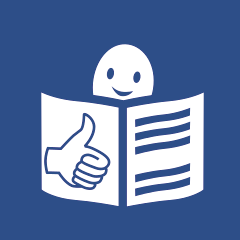Talking about “Accessibility with a small budget”
On the 14th of April 2023 an online seminar took place as part of INKuLtur’s multiplier training for Armenian participants, all of which are representatives from different cultural facilities. This was the group’s second seminar on the topic of inclusion and accessibility in cultural institutions. At the request of the Armenian participants, that day’s seminar was about “Accessibility with a small budget”.
The seminar was led by Stefanie Wiens and Katrin Dinges, both experts for inclusion and accessibility in the cultural sector and members of the initiative “Platz da!”. Stefanie Wiens has already worked together with INKuLtur on previous projects, notably on the video “Accessibility with few financial resources with Stefanie Wiens” (https://www.youtube.com/watch?v=a5Z90Gw2zck&ab_channel=INKuLtur) which was released last year as part of the video series “Interactive Inclusion” published on YouTube.
In the first part of the seminar, Wiens gave a presentation on the topic of “Accessibility with a small budget”. As many cultural facilities only have very limited financial resources, the subject is central to inclusion in the cultural sphere. Wiens established that making a cultural institution more accessible is possible even with a small budget, as accessibility often starts by considering the perspectives of and involving people with disabilities:
“Accessibility is a prerequisite for inclusion. Accessibility and inclusion do not always cost a lot of money or cost something at all. Sometimes all it takes is a rethink and a smile!”
– Stefanie Wiens
Wiens firstly emphasized the importance of hiring people with disabilities when trying to make one’s facilities more inclusive. As she puts it, a curator using a wheelchair will automatically make sure that the paintings in a gallery are hung at her hight. Therefore, hiring staff with disabilities will support the institutions aim of reaching an audience with disabilities.
When talking about accessibility in cultural facilities, Wiens differentiated between four groups of disabilities and their different needs: People with visual impairments, hearing impairments, learning disabilities and people who are restricted in their mobility.
Defining the three phases of contact – before the visit, during the visit and after the visit – Wiens led the participants through ways of improving accessibility with a small budget. She started by stressing the importance of the cultural institution’s website, where one should inform the visitors on what there is and is not yet available and accessible at the cultural facility: Are there things to touch or audio descriptions in the exhibition? Is there staff who can guide me through the exhibition and read aloud? Are there ramps, handrails, elevators? How narrow are the doors? Are there pictograms, do videos have subtitles? Giving details on what the visitor can expect saves them time and energy.
Wiens also made clear that the way to and from the cultural venue can pose difficulties for visitors with disabilities. Cultural institutions can therefore organize a pick-up service, put up signage or give directions by photo-instructions.
Wiens pointed out the importance of training the employees that come in direct contact with the visitors, e.g. at the reception, the cloak room or the museum shop. Those employees should be trained on the needs of visitors with disabilities, on how to communicate with them and how to assist them. The staff should treat the disabled visitors friendly and welcoming, speak clearly and distinctly, point out suitable offers for them, assist them by e.g. guiding visually impaired visitors, reading aloud to them or be willing to reexplain something to them.
To make the cultural venue itself more accessible, one should make sure the exhibitions spaces are well lit and the restrooms are accessible, use pictograms as signage for e.g. the restrooms, stairs and elevators, consider visitor’s different heights, have easy-to-read descriptions in high-contrast-text.
Wiens also put an emphasis on the importance of giving feedback, as this lets people with disabilities communicate directly with cultural institutions. This way, cultural institutions get first-hand information on what their audiences need and on how to improve their accessibility.
“Get feedback! Many institutions do not use this opportunity, even though it is exactly these visitors with “disabilities” that are the experts for telling you what needs to be improved.“
– Stefanie Wiens
In the second part of the online-seminar, Katrin Dinges and Stefanie Wiens then led a discussion with the participants of the seminar that was focused on giving tips on improving accessibility at the cultural institutions the participants worked at.
All in all, it became clear during the seminar that what is essential for making cultural institutions accessible and therefore inclusive is not a large budget but the consideration of the perspectives and needs of people with disabilities as well as their involvement in all processes.
The programme “INKuLtur – For Inclusion and Participation in Сultural Life” is implemented by Dialogue for Understanding e.V. together with Eastern Partnership countries funded by the German Federal Foreign Office.








